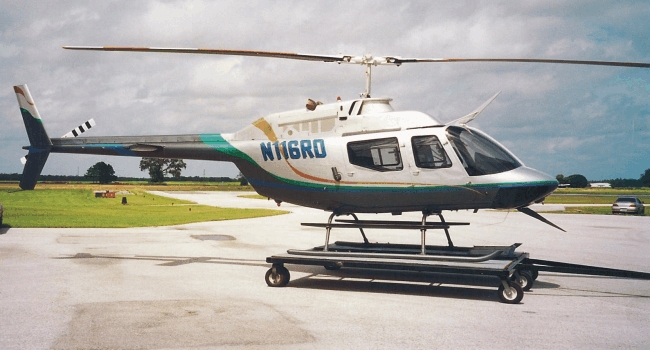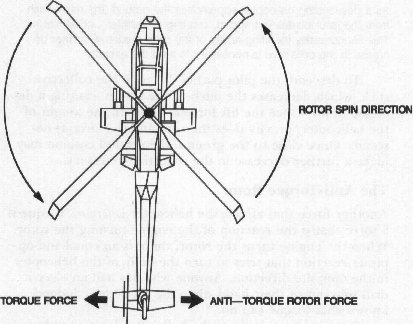Dave Orris and I were still doing the charter and pilot service flying. Dan Wylie was working his way into that, but he had some kind of issue with Jack Redman and quit. I was living in a trailer near the airport and told Dan he could move into my spare room, until he found a job. He eventually found a job flying for a company called Great Western, which we called Not So Great Western. They flew canceled checks at night in Beech 18s, both with the original, radial engines and with turbo-prop conversions. Dave and I were dating two ladies who were cousins and did some double dating, so we had developed a good friendship.
I had started working at Butler in 1973, before my 28th birthday. I would leave there in the late summer of 1978, around my 33 birthday. I was giving myself another handicap in getting an airline job to go along with not having a college degree. I was getting long in the tooth.
My original goal was to go to work for the local airline, Allegheny. It was widely known that they did not hire pilots who were older than 30.
All of this was playing on my mind and I was struggling not to get pessimistic about landing an airline job, but I had to be realistic. I started considering looking for a job with a smaller company, flying smaller planes.
I was also approaching the end of the 10 year span that the GI Bill would pay for my flight training. I had gotten all the licenses and ratings that I could for fixed wing aircraft, except for what was then called the ATR, Airline Transport Rating, a kind of PhD of flying. I thought that I would not need to spend GI Bill money on that and thought about getting a type rating in a jet, but they cost more than the balance of my account.
Eventually, the idea to get a commercial helicopter license popped into my head. Tom's dad had sold the Bellanca, bought a Cessna 421, sold that and bought a helicopter. I was looking more for a job with a bigger company that flew planes and helicopters for their corporate flight department.
I made an appointment for a first lesson at a flight school for helicopters at Latrobe PA. That is where Arnold Palmer is from. I would be flying a Hughes 300, a small, piston engined chopper.
Wow, preflighting one of these things was fun. There are lots of nuts and bolts with safety wire, to make sure none of the parts depart. The wings on these things are moving and you want them to keep coming around.
My first instructor was a Nervous Nellie, whose real name I can't remember without looking it up in my log book, which I am not going to do. He made me a little nervous too. Then I was assigned to fly with Pete Pernell, who was another former Viet Nam War helicopter pilot. Pete was very calm, very experienced and much better suited to be my instructor.
He kind of reminded me of Dave and Jim, when they instructed me at Butler, because they just sat there calmly and only spoke when it was necessary. We practiced all the maneuvers I needed to learn to pass the commercial helicopter check ride. We also worked on learning to hover.
This was the real challenge of the rotary wing machine. It is very much like flying an airplane when moving forward through the air, but just hovering in one spot was a major challenge. There is a cyclic stick, which is similar to the stick in some airplanes. It controls the attitude of the helicopter in pitch and bank. Then there is the collective, which is kind of like a parking brake handle. It controls the angle of the rotor blades all the way around to make the bird ascend or descend, while hovering. The collective has a twist throttle on it to control engine speed. It is similar to a twist throttle on a motorcycle. When the rotor blades start turning, they create torque, which makes the body of the chopper want to turn in the opposite direction. A review of Newton's Laws of physics may be in order here. The torque is controlled by the pilot with an anti-torque rotor on the tail and a set of pedals similar to rudder pedals on a plane.
I'll talk more about learning to fly a helicopter, if I survive the upcoming mini ski trip.






No comments:
Post a Comment